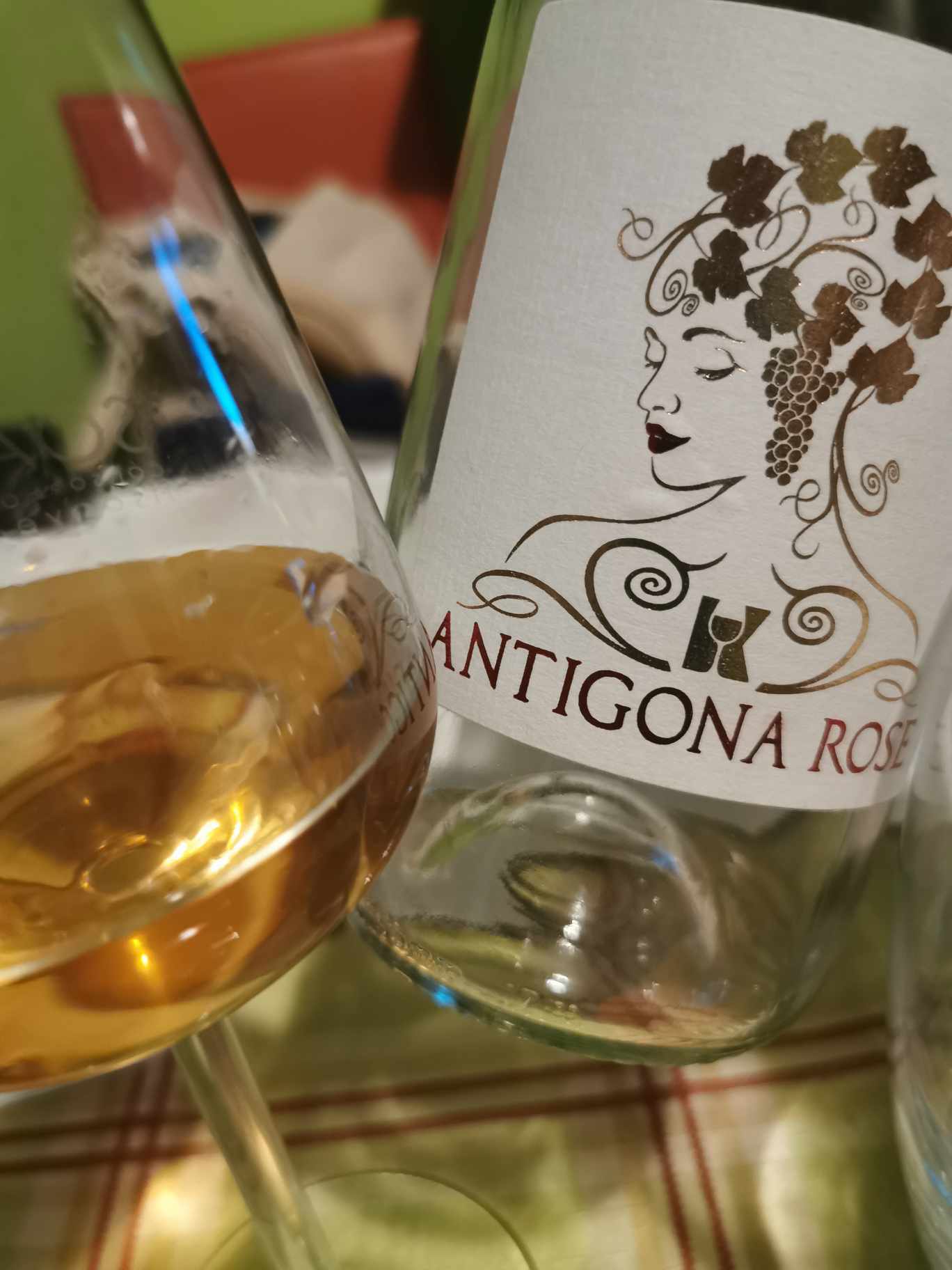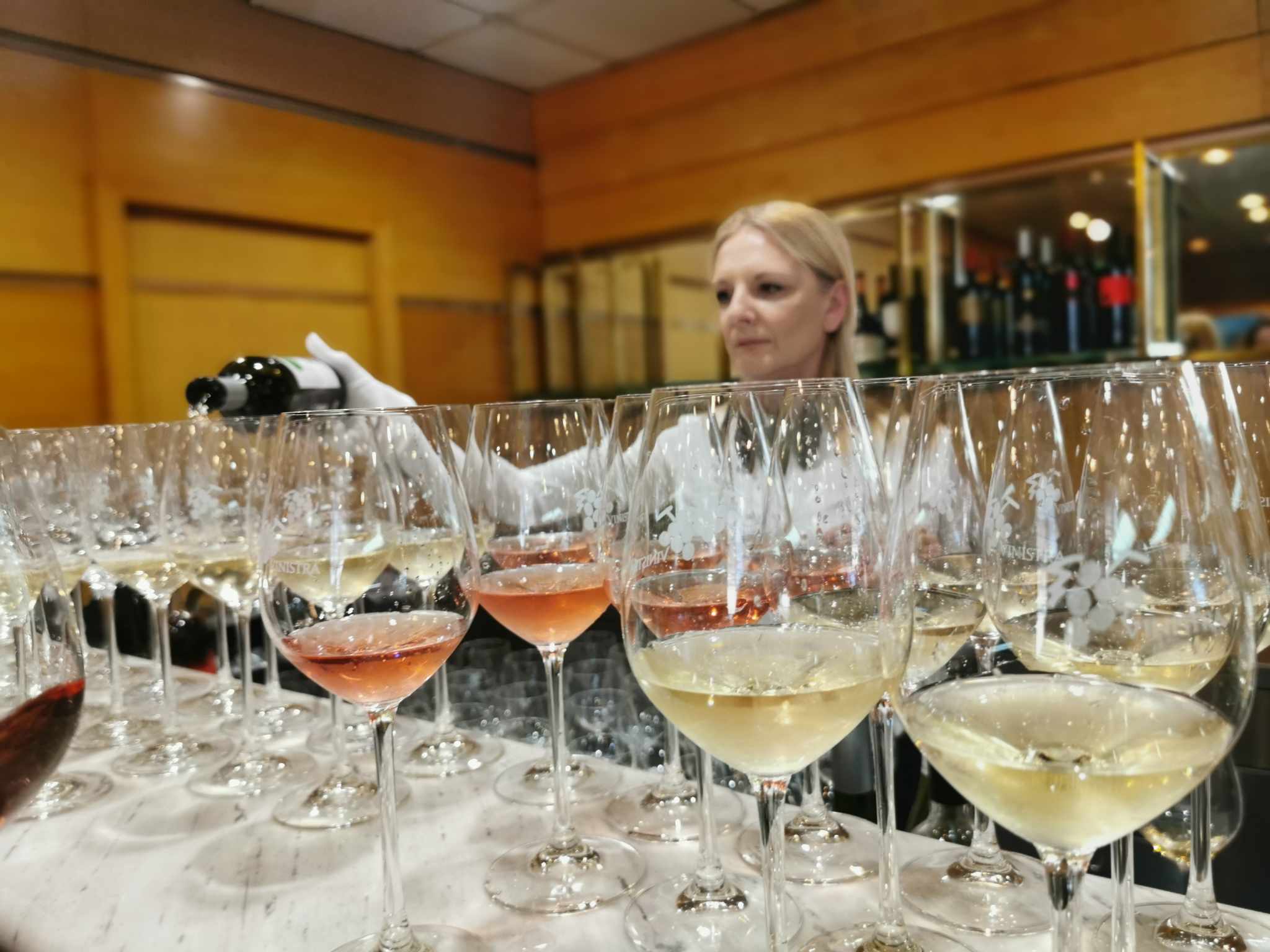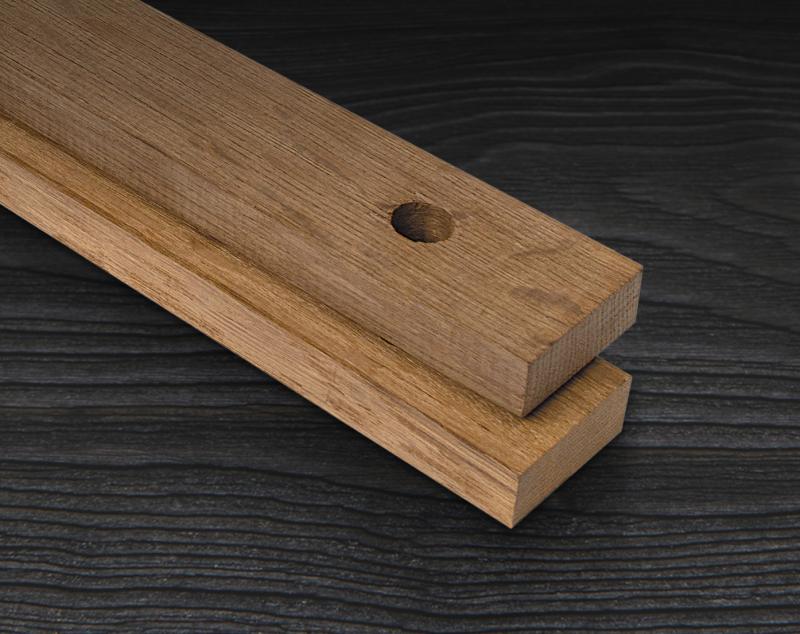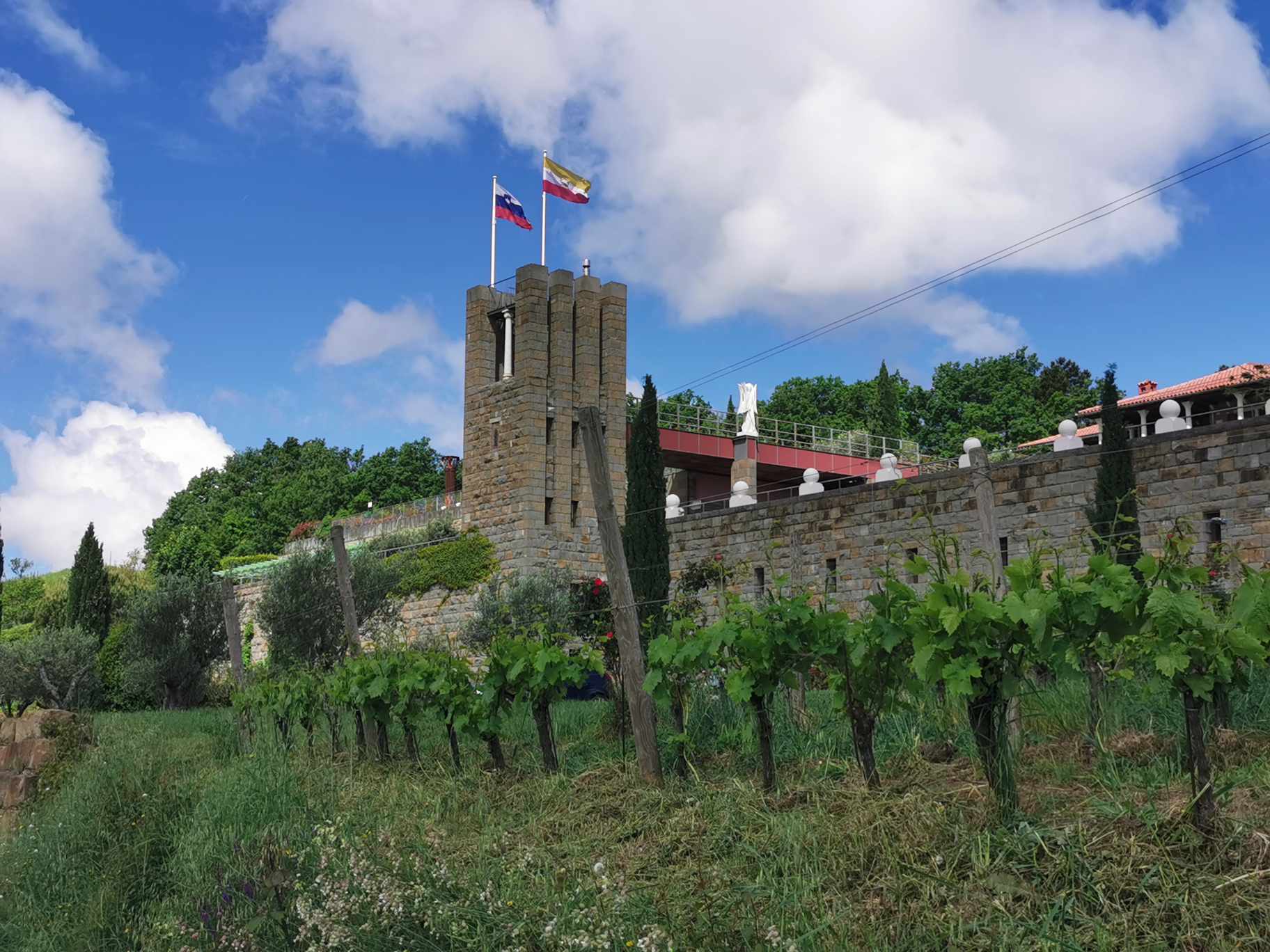News
News / 09/26/2015 / 1214
Let me tell you an anecdote about a Norwegian tourist who was on a trip through Europe ... The Norwegian came to the train station in Paris in order to buy a ticket to Le Bois de Boulogne. With a little effort and sweat, he managed somehow to communicate with the woman at the ticket office... After a while, the train enters the station and the Norwegian realizes with dismay that instead of Le Bois de Boulogne, he arrived in Bologna in Italy ... ahhh ... that French language... One should know the difference between "Bologna" and "Boulogne".... You may find it surprising, but this Norwegian fellow could have finished his journey in Serbia as well, in the town known as Banoštor ... Believe it or not, but Banoštor had the same name as Bologna in the time of ancient Romans: Bononia.
Wineries of Fruška Gora are proud of the fact that Roman Emperor Marcus Aurelius Probus planted the first vines in the region right on the slopes of Fruška Gora, in the vicinity of Sirmium, the former capital of Roman Empire in the 3rd century . Whichever Fruška Gora winery you visit, you will always be welcomed with a story that Probus himself and his soldiers planted vineyards on Mount Fruška Gora, that he struggled but succeeded in his intentions ... although eventually he paid the price of his vineyard dreams - the soldiers got sick of planting vineyards all day long, so decided to kill him ...
The pride of the glorious past in the Roman times was the key factor why some wineries from Fruška Gora were named after the Ancient Roman toponyms. Thus, Acumincum Winery emerged in Slankamen, Rittium Winery was founded in Surduk, whilst Banoštor was the home of Bononia Winery. The recently introduced PDO regulations governing wine production had no regard for these wineries. If the winery chooses not to enter PDO system, then these Roman toponyms are not permitted on the wine labels.
In Banoštor, Bononia Winery changed its name to Šijački Winery. I must admit that seeing surname Šijački on the wine label inspires much more confidence than Bononia. Every year I go to Banoštor to the local wine event "Banoštor Grape Days" and frankly speaking, today's Banoštor doesn't resemble ancient Roman Bononia a lot. Certainly, the wines available nowadays in Banoštor are much better than those which the Romans used to drink. And personally, I like when the winery bears the winemaker's family name. The winemaker's family name on the label acts as a personal signature and a personal guarantee that the winemaker bottled the best that the vineyard produced. In this way, a relationship of trust between the winemaker and consumers is additionaly strengthened.
ENCHANTING BANOŠTOR WITH TWO SUNS
Historical records indicate that Banoštor represented in the ancient Roman times a large and important port and settlement called Bononia which sustained the city of Sirmium and its environs. Bononia was located on Limes, the road along the Danube that connected Belgrade (Serbia) and Osijek (Croatia). The settlement was named Banoštor in the fifteenth century, and the name is derived from the term Ban Monostra (Ban's Monastery) which was erected during the reign of the Hungarian duke and Serbian Prince Beloš Vukanović.
The first encounter with Banoštor will leave nobody indifferent. The main street in the village is the Danube. The village lies on the northern slope of Fruška gora sloping down to the banks of the Danube. For that reason, the village and vineyards above have the privilege to be caressed by the heat of two suns: the one high above in the sky and the other one that is reflected in the blue waters of the Danube. This feature is particularly favorable for vine growing, and it is not surprising that grapes ripen first in the vineyards around Banoštor, compared to other areas on the northern slopes of Fruška Gora.
Banoštor is a village well-known for its Grašac grapes, aka Italian Riesling. All wineries in the village have Grašac in their wine portfolio. Very often, true jewels can be found among them. That is why it makes it worthwhile to visit this village on the Danube, to discover in local wineries your favourite sample of Grašac (Italian Riesling) from Fruška Gora. Wines from Banoštor are not easily found in Belgrade or to the south of the Sava and Danube rivers. Most probably, you can find them in some restaurants and wine stores in Novi Sad and Vojvodina province. This is largely because wines from local wineries are sold directly at the winery.
WINE WITH THREE FACES
Banoštor is characterized by small family estates. For years, ŠijačkI Winery has been expanding patiently its vineyard plots. Currently they own 11ha under vines, with several old vineyards in addition leased from elderly neighbours. When the opportunity arises, they purchase neighbouring plots covering 4-5 ares. When a plot of 20 ares is put on sale in Banoštor, that's an opportunity not to be missed. In the socialist era, the residents of Banoštor were mostly cultivating grapes, which were sold to Navip. After the collapse of Navip's operations, the local population in Banoštor faced the problem of grape surpluses, so the circumstances forced them to commit themselves to wine production, although in the beginning they faced insufficient storage capacity in the cellars. These were the beginnings of Šijački Winery as well.
When the winery name was changed to Šijački,new labels were designed with images of Šijački family members. The real identity card of the winery, which also illustrates the philosophy of the winery. Wine is a family enterprise in which the whole family participates. Father Milan symbolizes the link with tradition and experience, which is transmitted from generation to generation. Daughter Ivana is an enologist, so she has brought fresh ideas to the winery, modern technology, a woman's desire for experimentation and innovation. Brother Milenko represents the bond with local terroir. He takes care of the vineyards, knows the soil and vines, climate and feels the natural rhythm of the vineyards ... Making wine at Šijački Winery is a joint venture where everyone makes a contribution. Depending on the year, sometimes tradition prevails in relation to modern winemaking techniques, sometimes local terroir takes precedence, whilst sometimes the experience of previous generations is superseded by modern approach in the cellar. In any case, the constant is always the quality of wines. Their wine exudes honesty and hard work. Wines from Šijački Winery are modern, characterized by low-alcohols, ready for the market. The goal is to empty the vats in the cellar until the next harvest because "the best wine is the one that gets sold out"... Wines from this winery have found their way to the consumer. In fact, it is more accurate to say that consumers have found their way to Banoštor and to the cellar of Šijački Winery.
Italian Riesling 2014 - Šijački Winery - We all know challenges of the year 2014, but the vineyards of Italian Riesling owned by Šijački Winery didn't suffer a lot. Grapes come from 35-year-old vineyards, the famous Grašac clone SK54 created at the Institute of Fruit-growing and Viticulture in Sremski Karlovci (which is also found in the best vineyards of Graševina in Croatia). Plenty of freshness in the glass, good complexity on the nose with aromas of citrus, apple, white flowers, acacia flower and seductive notes of sage. Crispy and fresh 0n the palate, not overly complex, prevailing aromas of apples and citrus fruit, medium-bodied. Alcohol 12.5%.
Rheinriesling 2014 - Šijački Winery - The vineyard of Rheinriesling was planted in 2008. The nose is very fruity, with the most distinctive aromas of pear and apple. Rounded wine in the mouth, pleasant fruity sweetness, pronounced acidity. While taking a sip of this wine, I feel regret that we do not have the opportunity to compare wines from earlier vintages in order to assess how the wine develops over the years.
Rosé 2014 - Šijački Winery - (varietal composition: 100% Cabernet Sauvignon) This wine represents Ivana's signature wine. She succeeded in persuading her father and brother to expand the wine portfolio with a dry rosé in addition to already popular Muscat Hamburg rosé with 6g residual sugar... And it was a wise decision. Dry, more extract, stronger structure. The nose is refreshing, playful, plentiful aromas of fresh strawberries, raspberries ... In the mouth, trace of berries continues, with pleasant acidity. Overall impression: Do not underestimate this rosé because it goes beyond the conventional impressions of refreshing summer rosé.

Tomislav Ivanović
Awarded wine writer, wine critic and contributor to selected wine magazines. WSET3-certified author and editor-in-chief of www.vinopedia.rs. Member of Vojvodina Sommelier Association. Juror in national and international wine competitions. Lecturing about wines of Serbia and the Balkans. Local partner of Wine Mosaic organization. Co-founder of International Prokupac Day.

Pročitajte i druge članke iz ove rubrike:


SPASIMO STARE VINOGRADE SRBIJE
PROČITAJ VIŠE


NAŠLI SMO ANTIGONU IZ ORAHOVCA
PROČITAJ VIŠE


SRPSKO VINO KOŠTA 100 EUR - I ŠTA ĆEMO SAD?
PROČITAJ VIŠE


MOŽE LI VINO BEZ BURETA? IMA LI ALTERNATIVE?
PROČITAJ VIŠE


SANTOMAS - CRVENA VINA ISTRE
PROČITAJ VIŠE
Winner MILLESIMA BLOG AWARD 2016

Pobednik MILLESIMA BLOG AWARD 2016
VINO & FINO wine personality of the year 2016

VINO & FINO vinska ličnost godine 2016